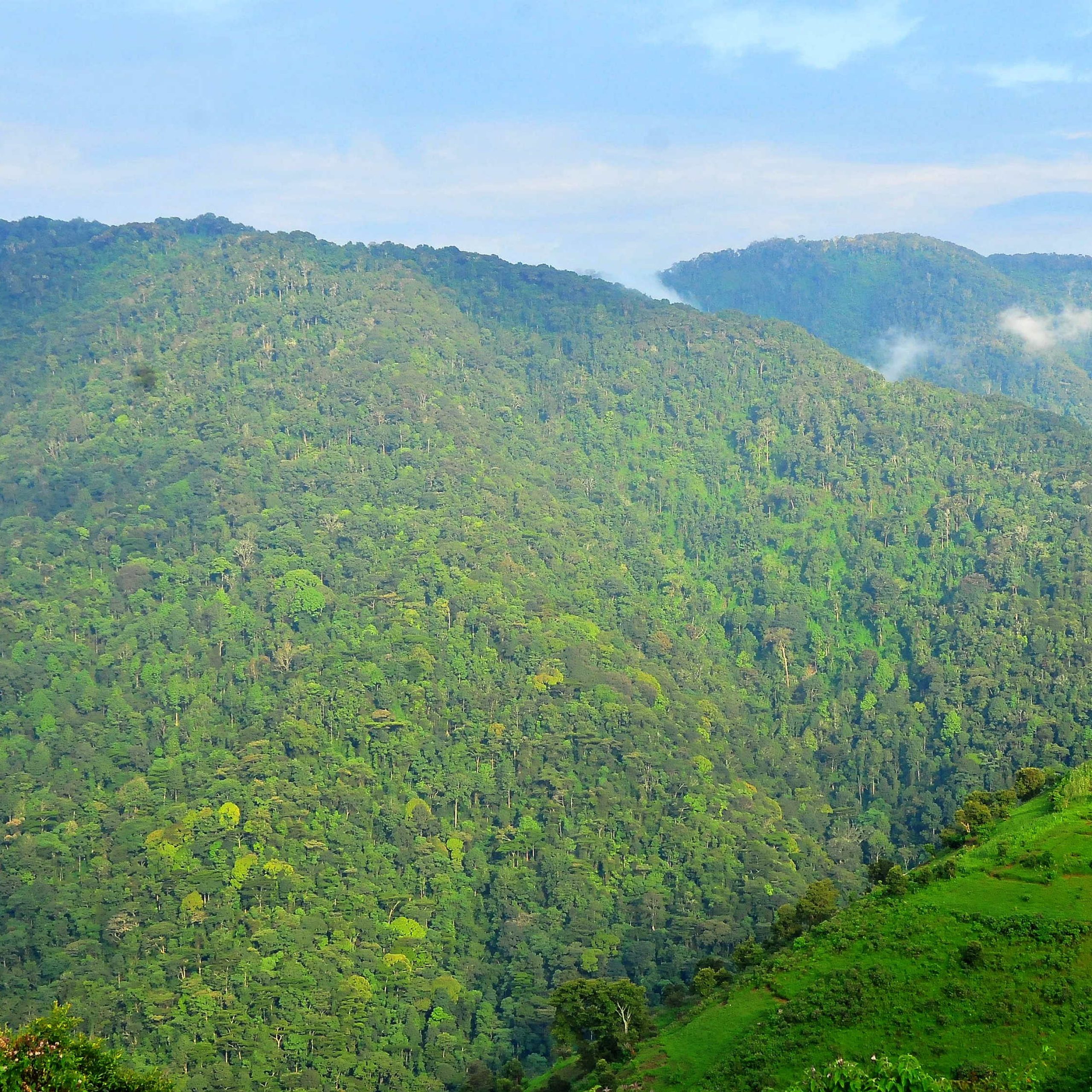The Climate of Uganda is characterized by its diversity and unique environmental tapestry. Situated astride the equator, Uganda experiences a tropical climate that is influenced by several factors, including its topography, elevation, and proximity to the great lakes. This article will delve into the climatic features of Uganda, exploring its seasons, temperature ranges, rainfall patterns, and the impacts of climate change on this ecologically diverse nation.
Seasonal Patterns
Uganda’s climate can be broadly classified into two main seasons: the dry season and the wet season. The dry season typically spans from December to February and June to August. During this period, rainfall is relatively scarce, and the weather is characterized by sunny and warm conditions. These conditions make it an ideal time for outdoor activities and wildlife safaris.
On the other hand, the wet season in Uganda falls between March and May, as well as September and November. During this time, the country experiences significant rainfall, particularly in the central, western, and southern regions. The wet season brings about lush greenery, vibrant flora, and an increased abundance of wildlife, making it an excellent time for bird watching and exploring Uganda’s rich biodiversity.
Temperature Ranges
The temperature in Uganda remains relatively stable throughout the year, owing to its proximity to the equator. The average annual temperature ranges between 20°C and 27°C (68°F and 81°F). However, variations occur due to factors such as altitude and regional location. The southwestern highlands, for example, experience cooler temperatures compared to the northern plains.
In the highland areas of Uganda, temperatures can drop to around 10°C (50°F) during the colder months, providing a refreshing escape from the heat of the lowlands. Conversely, in the northern regions, temperatures can soar above 30°C (86°F) during the hottest months. It is important for visitors to pack appropriate clothing, considering the diverse temperature ranges across the country.
Rainfall Patterns
Rainfall patterns in Uganda vary significantly across different regions. The country’s proximity to Lake Victoria and the Congo Basin contributes to its high precipitation levels. The southern and western parts of Uganda receive more rainfall compared to the northern and eastern regions. This discrepancy is due to the blocking effect of the Rwenzori Mountains and the presence of Lake Kyoga, which hinder the penetration of moisture-laden winds into the northern areas.
In the wetter regions, annual rainfall can exceed 1,500 millimeters (59 inches), while the drier areas receive around 1,000 millimeters (39 inches) or less. The two wet seasons experience the highest rainfall, with the March to May period being the primary rainy season, commonly known as the “long rains.” The September to November period is referred to as the “short rains” season.
Impacts of Climate Change
Like many countries around the world, Uganda is not immune to the impacts of climate change. Rising temperatures, shifting rainfall patterns, and extreme weather events pose significant challenges to the country’s agriculture, water resources, and vulnerable communities.
One of the notable effects of climate change is the alteration of Uganda’s agricultural landscape. Changes in rainfall patterns and prolonged dry spells affect crop production and food security. Additionally, increased temperatures can lead to the spread of pests and diseases, posing further risks to agricultural productivity.
The impacts of climate change are also evident in Uganda’s water resources. Changes in rainfall patterns affect the availability and distribution of water, leading to water scarcity in some regions. This can exacerbate conflicts over water resources, particularly in areas where water is already scarce. It also poses a threat to the country’s hydropower generation, as reduced water levels in rivers and lakes can affect the capacity to generate electricity.
Furthermore, climate change contributes to the degradation of Uganda’s natural ecosystems. Deforestation, driven by factors such as population growth and increased demand for agricultural land, exacerbates the impacts of climate change by reducing carbon sinks and biodiversity. Loss of forests also contributes to soil erosion and increased vulnerability to floods.
The impacts of climate change are particularly felt by vulnerable communities, including rural farmers and indigenous populations who rely heavily on natural resources for their livelihoods. These communities often lack the resources and infrastructure to adapt to changing climatic conditions, leaving them more susceptible to the adverse effects of climate change.
In response to these challenges, the Ugandan government, in collaboration with international partners, has implemented various initiatives to mitigate and adapt to climate change. These include the promotion of sustainable agricultural practices, reforestation programs, and investments in renewable energy sources such as solar and wind power.
Additionally, efforts are being made to strengthen early warning systems, improve water resource management, and enhance the resilience of vulnerable communities.
Uganda’s climate is characterized by its diversity, ranging from tropical to cooler highland regions. The country experiences distinct wet and dry seasons, with regional variations in rainfall patterns and temperature ranges. However, climate change poses significant challenges to Uganda’s agriculture, water resources, and vulnerable communities.
It is essential for the government and stakeholders to continue prioritizing climate change mitigation and adaptation strategies to protect the country’s ecosystems, ensure food security, and improve the resilience of its people in the face of a changing climate.



Comment (0)